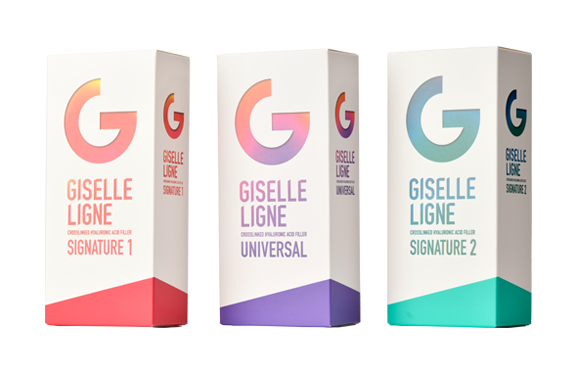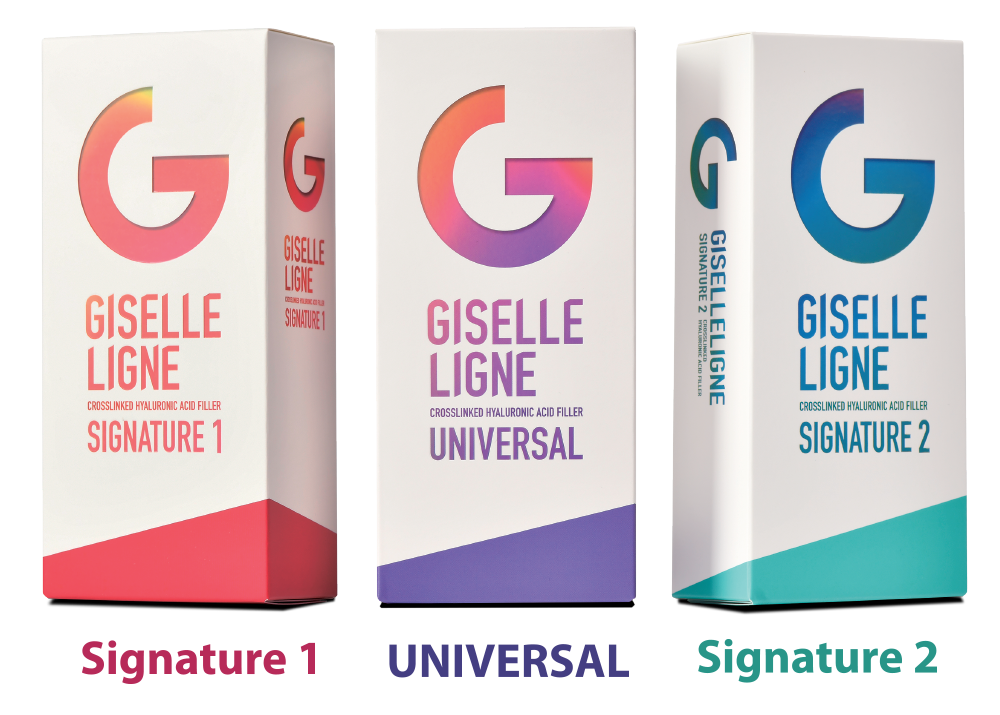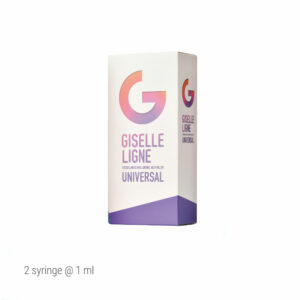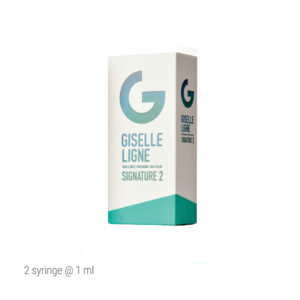

Giselleligne
Giselleligne is a dermal filler that adds volume to the tissue, there by restoring the skin contours or augmentation to the desired level of correction. The volume and the lifting capacity originate from the ability of HA (Hyaluronic acid) to attract a high amount of water, which is further increased by the stabilization process.
Key Features
Produces excellent volume and natural border line
Optimal fillers for a particular facial area
The safety of Giselleligne
• Fully-hydrated HA
• High sensitivity to HAase
• Homogeneous crosslinking of HA
• Excellent manufacturing facilities

The application of dermal fillers is quick and simple. Treatment sessions last between 20 and 30 minutes, but you'll see the effects there and then, with instant results and virtually no healing time.
Giselleligne products contain pain-reducing lidocaine to minimize discomfort.
Longevity does vary between products, and between individuals. Generally, anytime between six and twelve months.
Unlike other products, the hyaluronic acid in dermal fillers isn't derived from animal sources, so there's no risk of disease transmission or allergic reactions in people with food sensitivities.
Using our Giselleligne formulation that's almost identical to that which occurs naturally in young, healthy skin, they offer a risk-free and clinically proven solution in natural harmony with your body.
You might experience some minor swelling or redness which should last no more than a day or two, or very occasionally up to one week. A tiny proportion of people experience some bruising around the injection site. At your consultation, your aesthetic practitioner will discuss any concerns you may have.
Do not use of flowing cases.
- A patient with a bleeding disorder.
- A patient with a history of serious allergic reaction and hypersensitivity.
- A patient with a history of streptococcus disease.
- Anatomical areas active dermatopathology, inflammation or similar lesion.
- A patient with a history of hypersensitiveness to local anesthetics of the amid type, such as lidocaine
- A patient with history of facial keloid formation or hypertrophic scar



